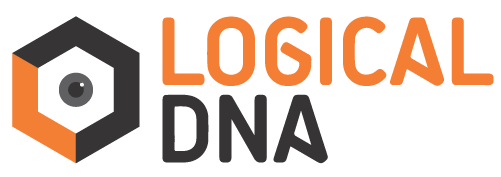
Introduction
The livestock industry’s most significant segment is the poultry sector. This industry includes a wide range of production levels, such as hatcheries, breeding farms, feed factories, broiler and layer farms, and processing plants. In terms of species, the sector also includes sub-units such as chicken, quail, duck, turkey, guinea fowl, and goose. Infrastructure includes a range of housing options, such as automated, environmentally controlled sheds, thatched sheds, regular feeders, automatic feeders, regular channel watering systems, automatic cups and nipples, automated egg collection, refrigeration systems, manufacturing facilities for vaccines and nutraceuticals, and production facilities for electronic and mechanical devices needed for a variety of tasks. rendering vegetation and producing plumage. Consequently, it encompasses all of the derived sciences, including biotechnology, biology, chemistry, physics, and other engineering disciplines. This industry is booming and making great strides; the production subclasses are separated into those that produce eggs and meat. Over the course of sixty years (1960–2020), all of these have progressively expanded from backyard to industrial proportion thanks to the efforts of committed farmers, veterinarians, poultry scientists, and both technical and non-technical individuals.
Changes in the farming systems
The development of technology in the fields of management, nutrition, and healthcare has led to advancements in all facets of the poultry industry. Over time, farmers have been replaced by highly skilled individuals with dual degrees in technical or engineering fields, as well as by veterinary and medical specialists. As a result, knowledgeable and well-groomed groups now control the poultry industry. They always have a unique perspective and use any technology that is made available everywhere to maximize profits. Along with being innovators, these people are also willing to accept and implement any new ideas that could be beneficial to contemporary poultry farming. “Smart farms, Automated farms, Mechanized farms, and Digital farms” are the terms used to describe the latest farming systems.
As pioneers in the poultry farming sector, we recognize the need to adapt to these evolving trends. At LogicalDNA, we are committed to implementing sustainable and humane practices, leveraging cutting-edge technologies, and providing our consumers with a diverse range of high-quality poultry products and services.
This shift in poultry farming systems represents not only a response to current challenges but a proactive approach to shaping a more resilient and environmentally conscious industry. Together, let’s embrace this change for a future where poultry farming stands as a model of sustainability, innovation, and ethical practices.
New Trends in Poultry Farming
Worldwide, a number of economic sectors, particularly the livestock industry, have been badly impacted by the COVID-19 epidemic. Additionally, it has raised concerns about a potential recession and economic crisis. Significant financial difficulties were brought about by interrupted production and transportation, falling consumer demand, and unstable markets, which even resulted in the permanent closure of many farms.
The New technologies can help the Poultry industry solve these issues and we look forward to future opportunities to thrive and succeed. This paper deals with the adoption of several such advances and innovative products for successful poultry farming. The following are the benefits of Digitization of the poultry industry
1) GPS Tracking
2) Farm Performance Measurement
3) Real-time Data Management
4) Maintain Daily Record
5) Improved ROI Calculation
6) Health Monitoring and Disease Prevention
The digitization of the poultry business addresses an extraordinary excursion toward a more proficient, practical, and customer-centered future. The various advantages got from embracing computerized innovations highlight the business’ obligation to modernize conventional practices and address the difficulties of a quickly developing worldwide scene.
The joining of accuracy cultivating, information-driven navigation, and high-level well-being observing improves the efficiency of poultry ranches as well as guarantees the prosperity of the birds and the development of top-caliber, safe items. The positive effect stretches out past the homestead entryways, arriving at customers who are progressively aware of the beginning, quality, and moral parts of the food they devour.
The streamlined store network, expanded robotization, and reception of manageable practices add to decreasing the natural impression of poultry cultivating. This obligation to eco-accommodating tasks lines up with more extensive industry objectives of natural stewardship and asset protection.
Besides, the computerized unrest in the poultry business encourages straightforwardness and direct correspondence among ranchers and customers. This association fabricates entrust by furnishing buyers with experiences in cultivating rehearses, animal government assistance guidelines, and the excursion of poultry items from ranch to table.
As the business keeps on developing, embracing digitization guarantees the seriousness of poultry ranches as well as positions them as vital participants intending to worldwide difficulties like food security, reasonable horticulture, and mindful assets of the board. By utilizing innovation, the poultry business is ready for a future where proficiency, manageability, and purchaser fulfillment meet, making a mutually beneficial situation for the two makers and customers the same.
